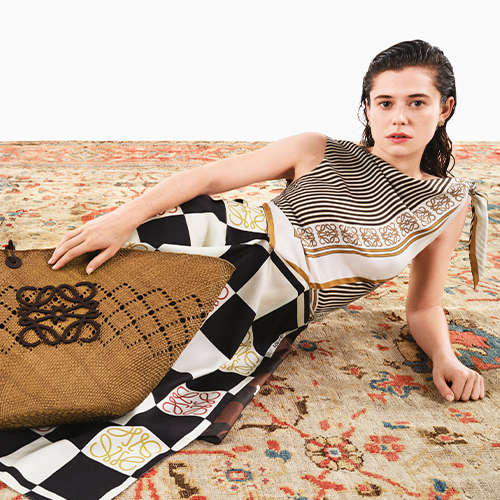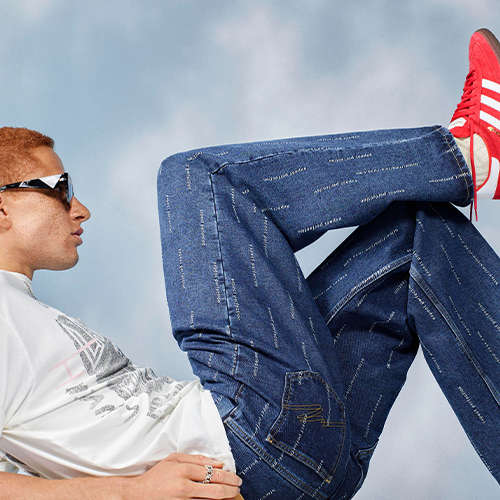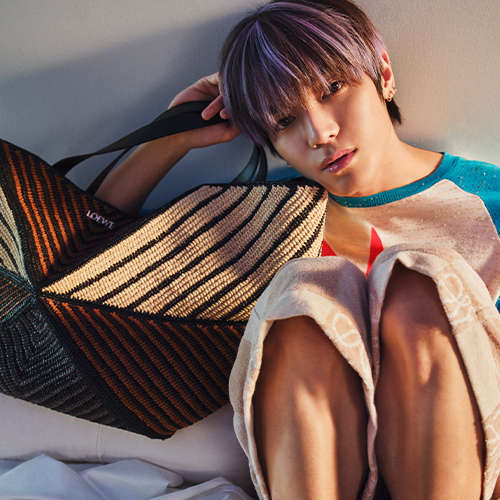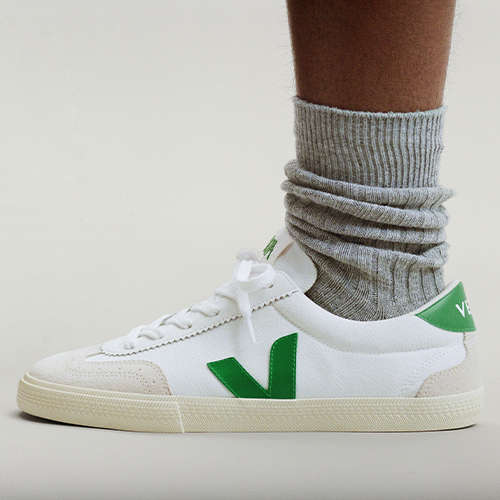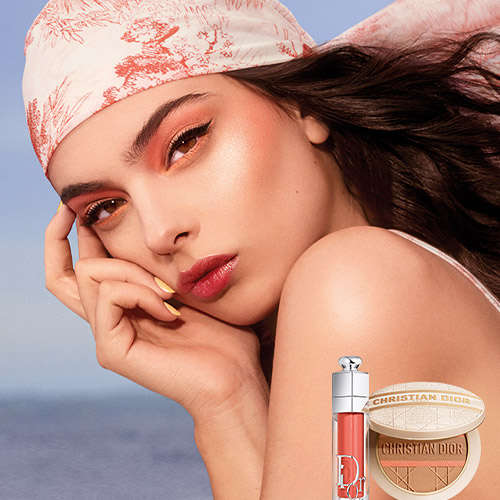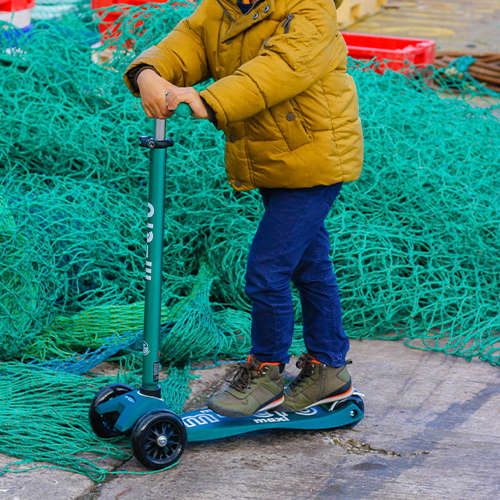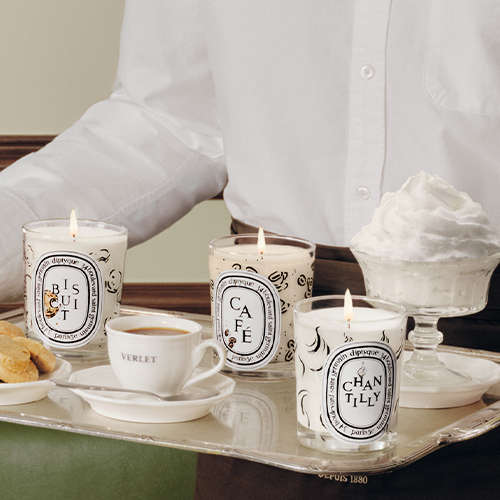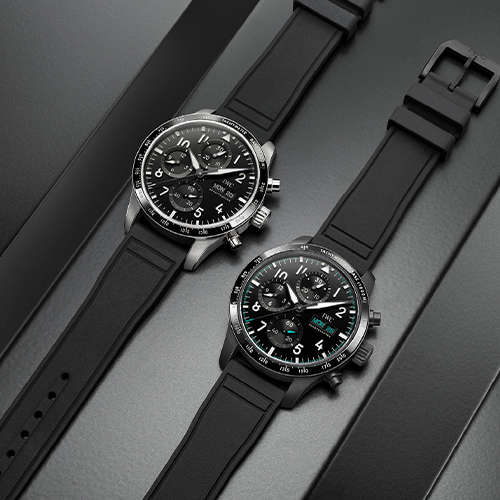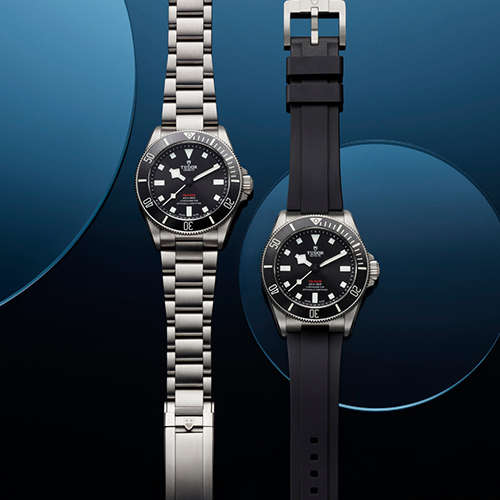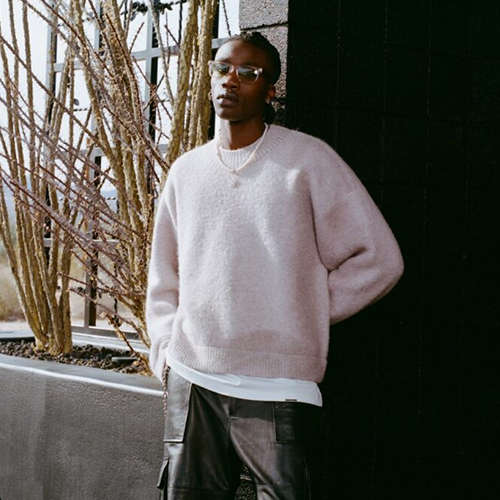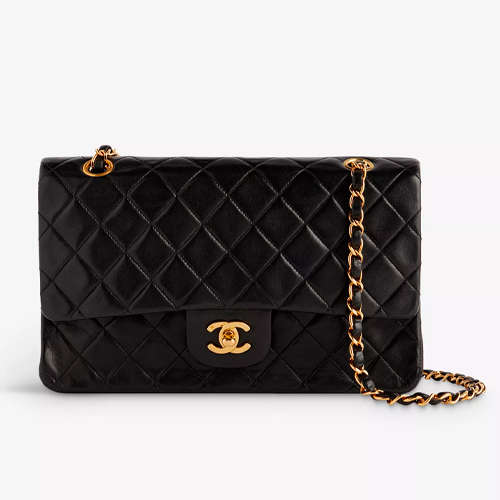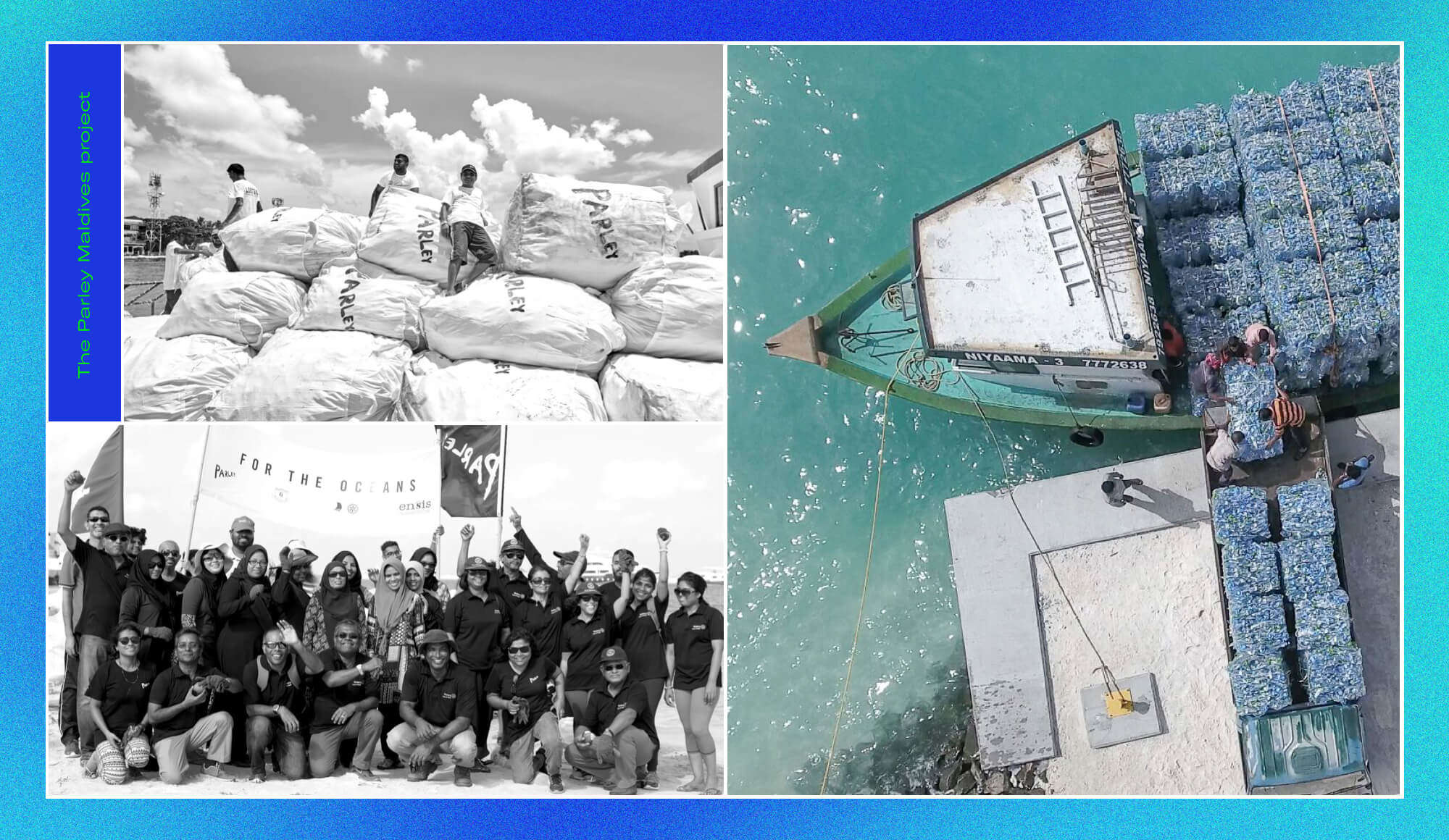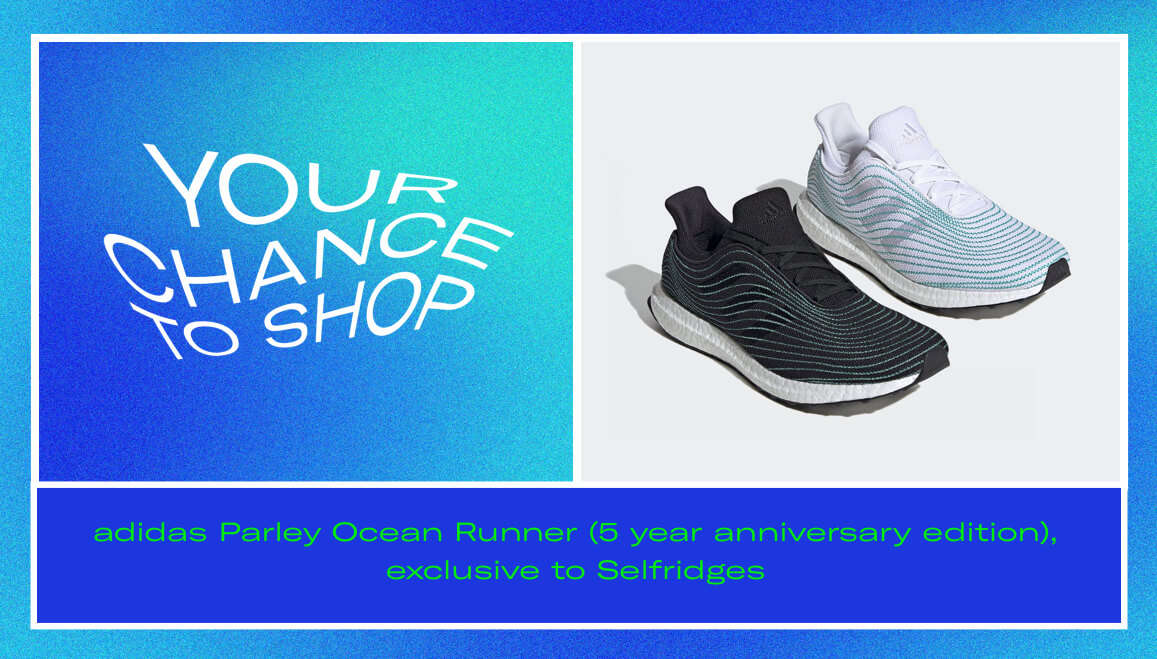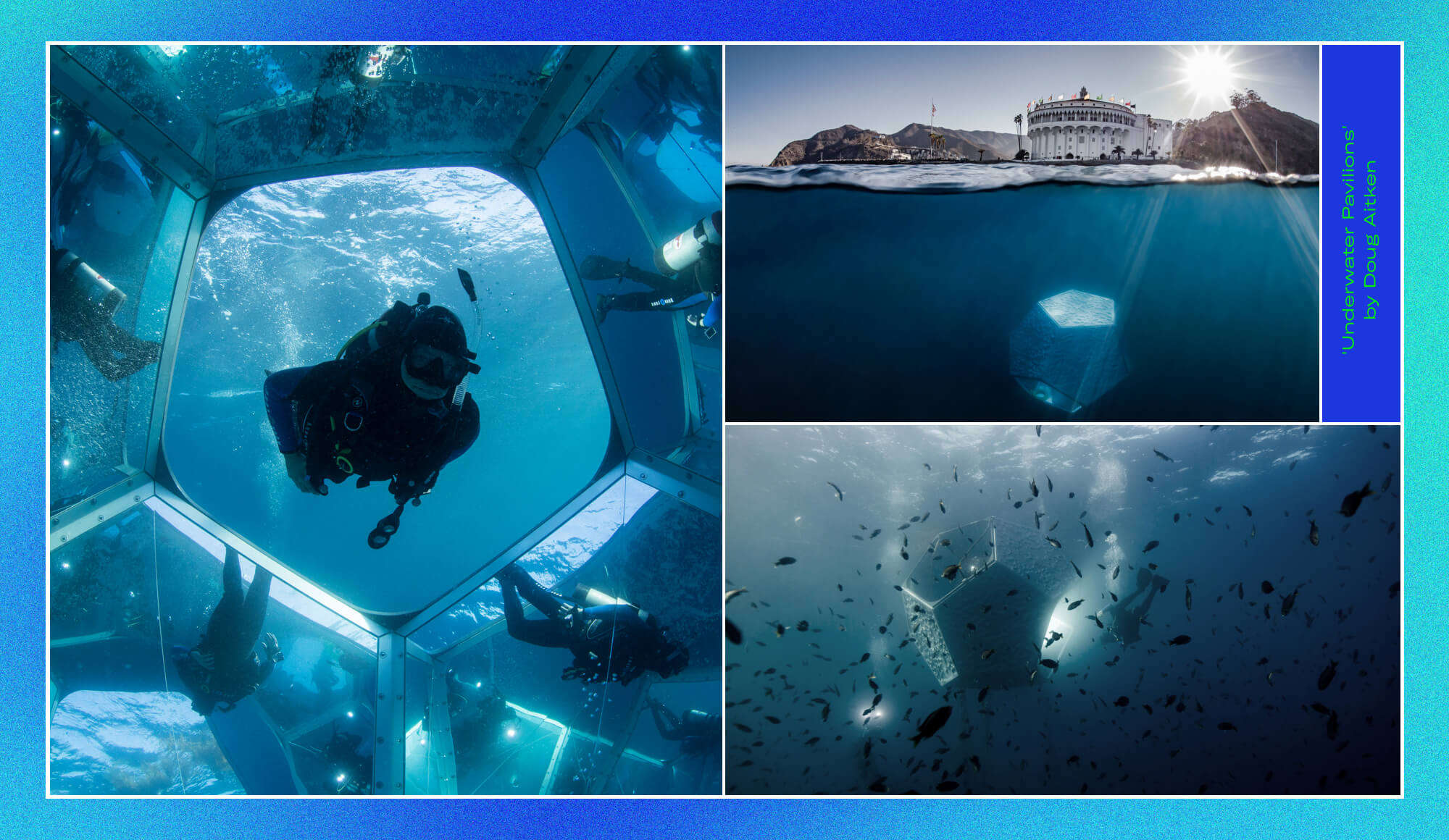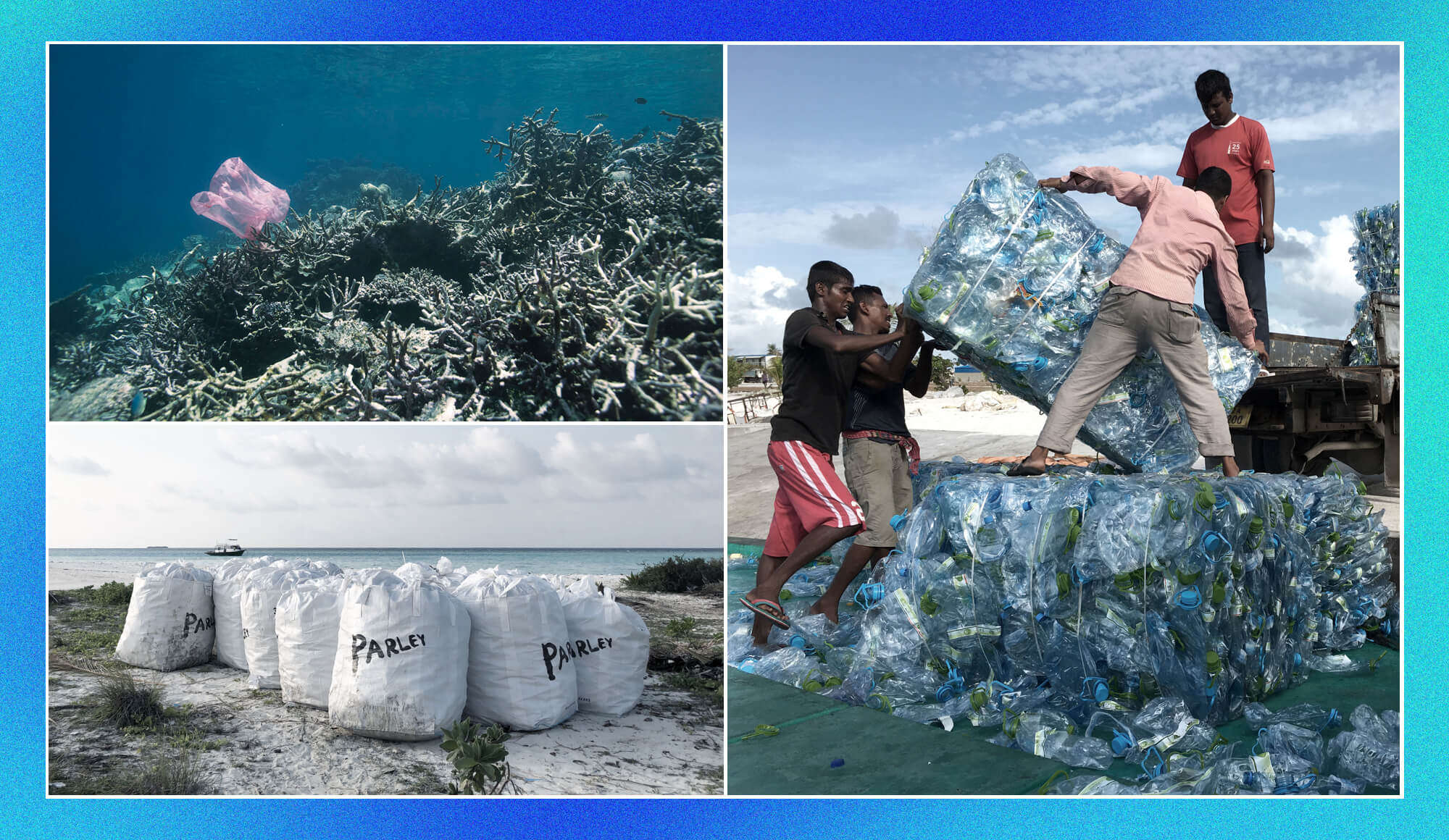- Australia / AUD $
- Canada / CAD $
- China / CNY ¥
- France / EUR €
- Germany / EUR €
- Hong Kong SAR China / HKD $
- Ireland / EUR €
- Italy / EUR €
- Japan / YEN ¥
- Kuwait / USD $
- Macao SAR China / HKD $
- Netherlands / EUR €
- Qatar / USD $
- Saudi Arabia / USD $
- Singapore / SGD $
- South Korea / KRW ₩
- Spain / EUR €
- Taiwan / TWD $
- United Arab Emirates / USD $
- United Kingdom / GBP £
- United States / USD $
- Not yours? Read more
Tell us what you think
Shop in your local currency and language
You are currently in United Kingdom GB / GBP £ store
- English
- English
- English
- English
- English
- English
- English
- English
- English
- English
- English
- English
- English
- English
- English
- English
- English
- English
- English
- English
- English
Did you know that we deliver to 130 countries or regions and offer a range of delivery options to suit you wherever you are in the world? Find out more
Sign up once to our Selfridges+ service and you can enjoy unlimited deliveries wherever you are in the world. FIND OUT MORE
International delivery
With almost everything on selfridges.com available for International Delivery, you can send your order to 130 countries or regions around the world, including North America, Australia, the Middle East and China.
Although we only offer 20 currencies to browse in online, you can still deliver to all of the following countries or regions:
- Algeria
- Andorra
- Antigua and Barbuda
- Aruba
- Australia
- Austria
- Azerbaijan
- Bahrain
- Bangladesh
- Barbados
- Belarus
- Belgium
- Belize
- Bermuda
- Bolivia
- Botswana
- Brunei
- Bulgaria
- Cambodia
- Canada
- Cayman Islands
- Chile
- China
- Colombia
- Costa Rica
- Croatia
- Cyprus
- Czech Republic
- Denmark
- Dominica
- Dominican Republic
- Ecuador
- Egypt
- El Salvador
- Estonia
- Finland
- France
- French Guiana
- Germany
- Gibraltar
- Greece
- Grenada
- Guadeloupe
- Guatemala
- Guernsey
- Guyana
- Honduras
- Hong Kong
- Hungary
- Iceland
- India
- Indonesia
- Ireland
- Israel
- Italy
- Jamaica
- Japan
- Jersey
- Jordan
- Kazakhstan
- Kenya
- Kuwait
- Laos
- Latvia
- Lebanon
- Lesotho
- Liechtenstein
- Lithuania
- Luxembourg
- Macau
- Malaysia
- Maldives
- Malta
- Martinique
- Mayotte
- Mexico
- Monaco
- Montserrat
- Morocco
- Myanmar
- Namibia
- Netherlands
- New Zealand
- Nicaragua
- Nigeria
- Norway
- Oman
- Pakistan
- Panama
- Paraguay
- Peru
- Philippines
- Poland
- Portugal
- Puerto Rico
- Qatar
- Reunion
- Romania
- Rwanda
- Saint Kitts and Nevis
- Saint Lucia
- Saint Martin (French part)
- San Marino
- Saudi Arabia
- Serbia
- Singapore
- Slovakia
- Slovenia
- South Africa
- South Korea
- Spain
- Sri Lanka
- Suriname
- Swaziland
- Sweden
- Switzerland
- Taiwan
- Tanzania
- Thailand
- Trinidad and Tobago
- Turkey
- Uganda
- Ukraine
- United Arab Emirates
- United Kingdom
- United States
- Uruguay
- Venezuela
- Vietnam
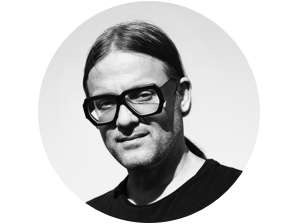
Cyrill Gutsch,
founder of Parley
Words: George Walker. Images: courtesy of Parley for the Oceans
This World Oceans Day we speak to Cyrill Gutsch, founder of the non-profit organisation Parley for the Oceans, about why now is the time to harness the power of collaboration, community and creativity to help fight plastic pollution. From handy tips for you to take action yourself, to a chance to purchase a pair of exclusive made-to-order adidas x Parley trainers, read on and discover how you can become part of this positive movement for people and the planet.
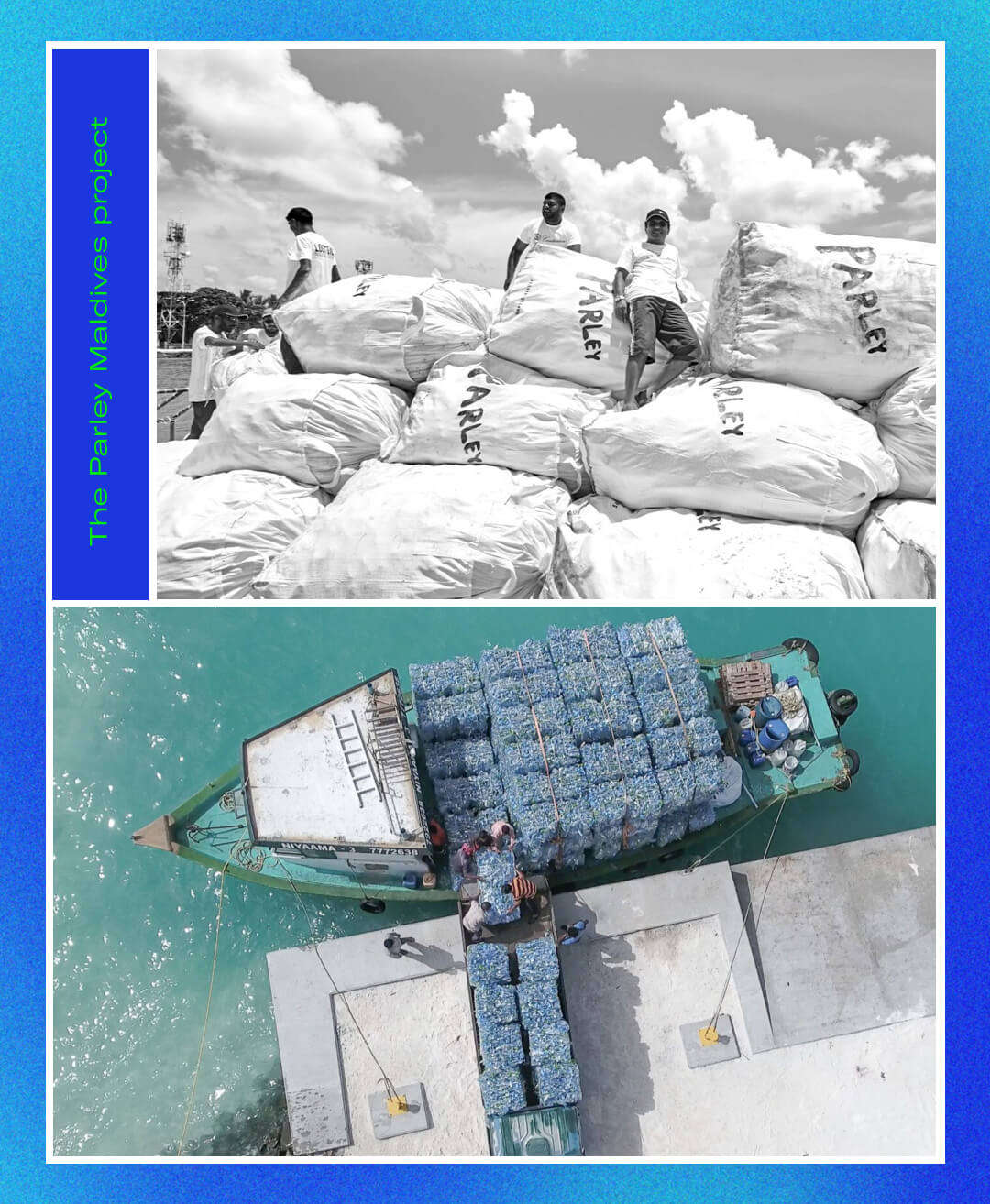
How did Parley for the Oceans start out?
I spent a third of my life creating brands and making companies and individuals famous, helping them make more money. Then, in 2012, I met Paul Watson, the founder of Sea Shepherd and co-founder of Greenpeace – and an environmentalist, an eco-warrior, a kind of altruist pirate who is getting things done. It’s thanks to Paul that I learned what is going on in the oceans and that every second breath we take comes from life in the magic blue. We’re destroying our life support system. The idea that the oceans could die is one I could not accept as my legacy and this motivated me to start Parley for the Oceans. The oceans give us life, we give the oceans plastic. We are killing them at a rapid speed.
How do you think the pandemic might affect conversations around sustainability in the design industries?
It’s not enough to aim for sustainability. The word has lost its meaning. We need to reinvent and create the future. That’s what eco-innovation is about. The creative industry to which I belong has to own the responsibility to make this change happen. Industry relies on us with our design, technologies and media reach. We are able to make change happen, pretty much overnight, because we speak directly to the heart of people. We can create trends. One way we’ve shown that is with Parley Ocean Plastic®. It’s not just another name for marine debris, it’s a new purpose for it that creates a catalyst for change.
By taking low-value waste and turning it into desirable, high-performance materials for the sports and fashion industry, we put marine plastic pollution – and the recycling/upcycling of it – in the global spotlight. Before, marine debris was totally unattractive: it’s complicated to retrieve, difficult to recycle and way more expensive than making new plastic from oil. Now, everyone wants to work with it.
5 things you can do to protect our oceans
by Cyrill Gutsch
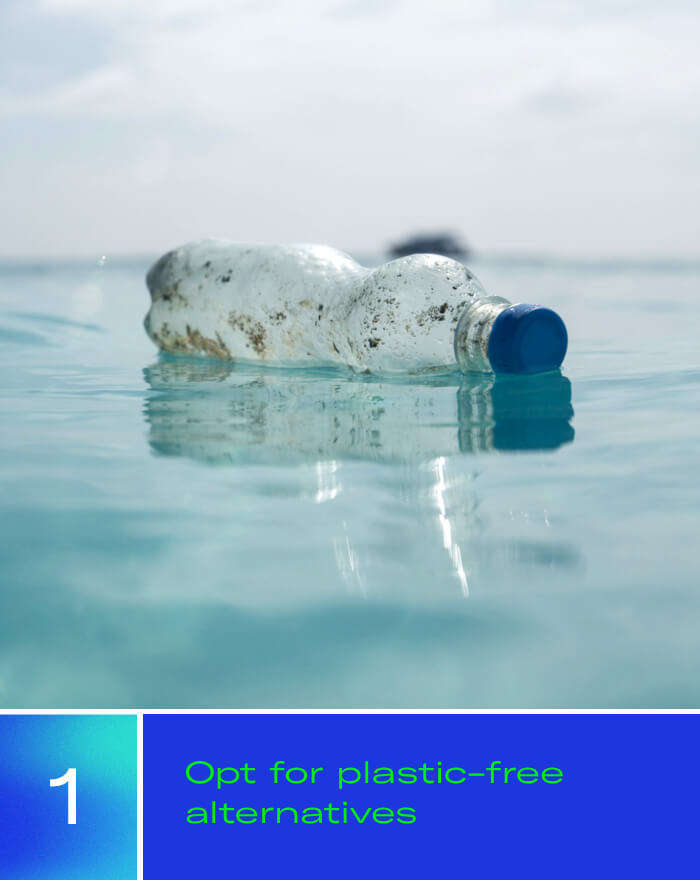
“Reducing the need for single-use plastic items will decrease the need for businesses to offer such products.”
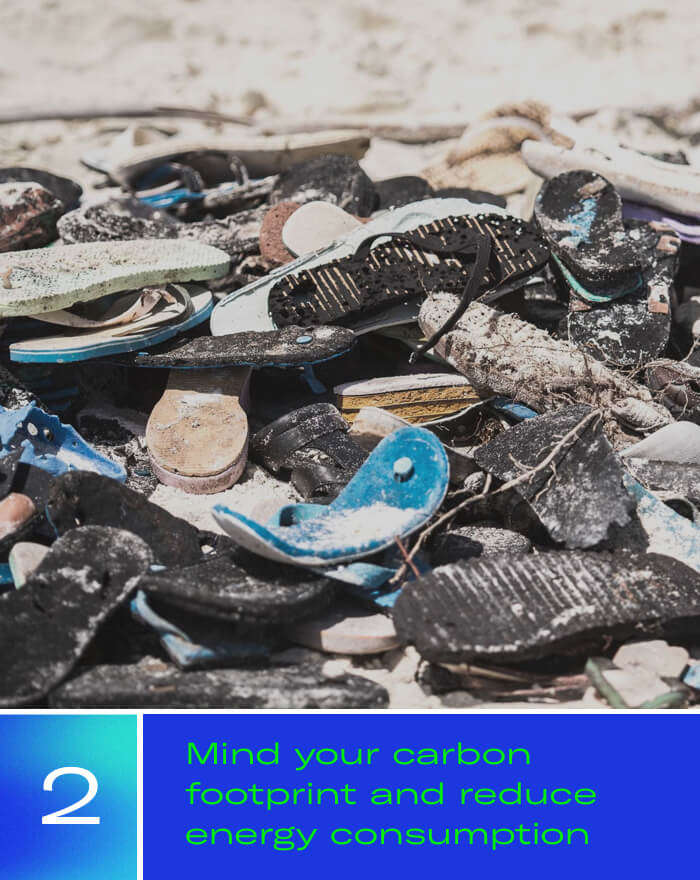
”I recommend reading Drawdown by Paul Hawkin to discover useful climate solutions.”

“There are a variety of ways to join the cause – participate in local beach clean-ups or simply donate.”

“Many items we purchase (like sunscreen) have extreme impacts on fragile marine ecosystems and populations [such as those including synthetic fragrances] – avoid what you can and seek out alternatives.”
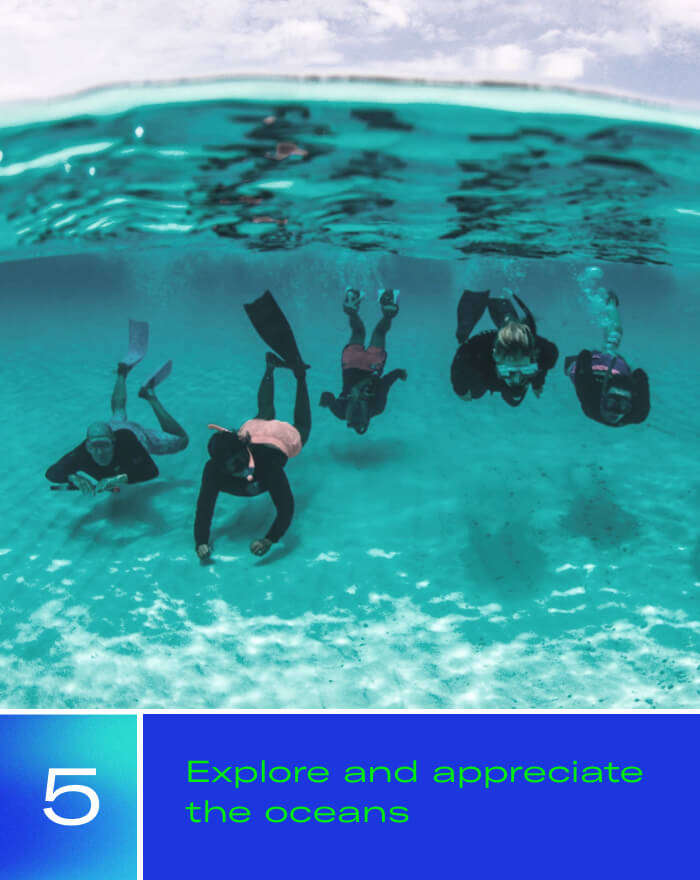
“The more familiar you become with them, the more likely you are to protect them. Watch Mission Blue [available on Netflix] and Parley’s Ocean Wonder video series to discover the beauty from the comfort of your home.”
What challenges and benefits are there in upcycling plastic for use in fashion and design objects?
Using marine debris as a raw material has its challenges. Ocean Plastic® is created from upcycled plastic waste intercepted by Parley from remote islands, shorelines, waters and in coastal communities. Before it can be used, the plastic must be sorted, cleaned and broken down into small, uniform pieces, then it’s transformed into pellets that can be melted into various shapes. But this process is time consuming and a lot more expensive than using virgin plastic.
The future, however, involves developing new materials to replace plastic that are compatible with a circular economy. We have been researching the possibilities of green chemistry [which reduces or eliminates the use or creation of hazardous substances] and biofabrication. I think the future is where the material serves a purpose until it’s not needed any more. Then it falls back [into nature] and has a positive, not a negative, impact on the environment.
Before, marine debris was totally unattractive…Now, everyone wants to work with it.”
- Cyrill Gutsch
How did the collaboration with adidas come about?
Our partnership with adidas started in 2015. adidas is both structured and flexible, but also confident enough to let us be demanding, annoying even. Plus, they knew they were producing plastic waste, and were determined to cut it down and to boost eco-innovation. adidas made 1 million pairs of shoes with Parley Ocean Plastic® in 2017, then 5 million in 2018, 11 million in 2019, and around 15 million in 2020.
Our incredible success with adidas has proven our future vision of making ‘purpose the new luxury’.
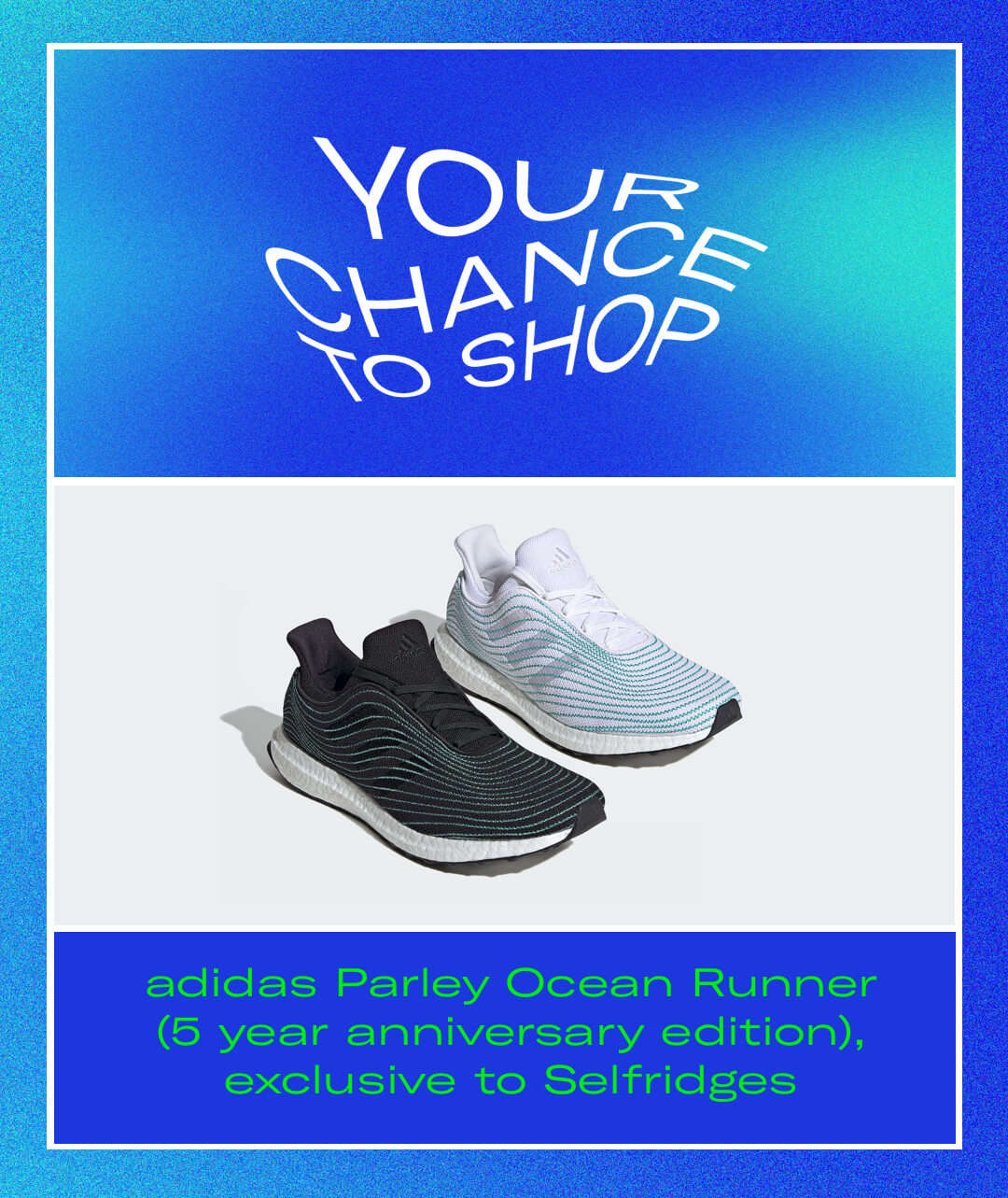
Keep your eyes peeled: the draw is coming soon
You will soon be able to enter The Yellow Draw on the Selfridges app for a chance to purchase one of 50 made-to-order pairs of the adidas Parley Ocean Runner (5 year anniversary edition), with all proceeds going towards Parley for the Oceans. Each pair of trainers comes with an Outlaw Ocean book and a letter from Cyrill and the adidas team. Available to UK customers only.
Be the first to know by following us on Instagram @TheOfficialSelfridges and downloading the Selfridges App.
Download the app so you're ready to enter the draw:
How important is collaboration in creating a more sustainable future?
Collaboration is the nucleus of our mission and our approach to solutions. It’s at the centre of everything we do. Everyone has a role to play in the solution. Parley intends to be the glue. But to bring people together, you need to reach them where they are, in their language. Working with artists, designers, material innovators, scientists and photographers allows us to lead with a message about what we stand to lose. People respond to beauty; they turn away from destruction. We want to foster a positive narrative and create an inclusive climate for change.
Collaboration is the nucleus of our mission and our approach to solutions. It’s at the center of everything we do. Everyone has a role to play in the solution.
- Cyrill Gutsch
Details of how Parley transforms marine plastic waste into its innovative Parley Ocean Plastic®
What are the main challenges in avoiding single-use plastic?
Plastic, as it exists today, is a design failure, most likely caused by a lack of imagination. You can never get rid of something that doesn’t biodegrade; you can only displace it. It can be overwhelming, but we believe that there is opportunity in every failure. If we can narrow our focus to one issue, solutions for the rest will follow. In the short term, our primary objective is to counter the threats of marine plastic pollution through collaborative projects and a long-term strategy – Parley AIR, which has mobilised a global audience and showcased the role everyone can play in being a part of the solution. The acronym stands for: Avoid plastic where possible, Intercept plastic waste and Redesign the material itself. The scheme aims to tackle all aspects of the plastic problem through a number of different initiatives.
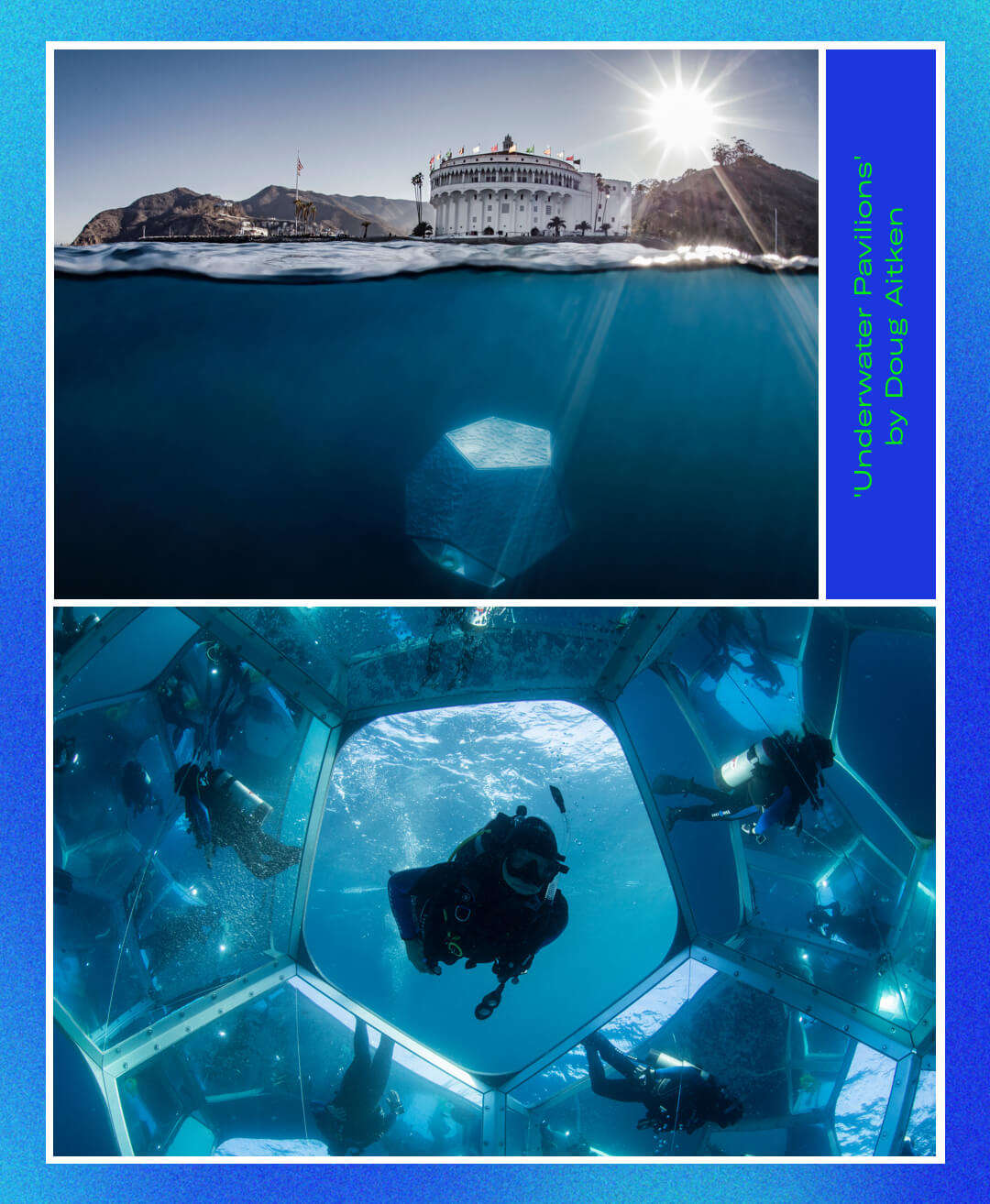
Artist Doug Aitken's 'Underwater Pavillions' project
Tell us a bit about your Underwater Pavilions project with Doug Aitken – what was the aim of the project?
The concept for the Underwater Pavilions with artist and filmmaker Doug Aitken came about quite naturally. Doug grew up in southern California, near the ocean. He had the idea to create a sculpture that functioned “like a door underneath the surface of the ocean”. The work consists of three temporary underwater sculptures that allowed swimmers, snorkelers and scuba divers to swim through and experience them. The sculptures have a moon-like surface on the exterior and the interior has mirrors – it looks like a giant kaleidoscope and it created a living presence and unique relationship with the viewer at different depths. Both aesthetic and scientific, Underwater Pavilions puts the local marine environment and the global challenges around ocean conversation in dialogue with the history of art, inviting the viewer to write a contemporary narrative of the ocean and to participate in its protection.
And what place does art have in driving the sustainability conversation?
The artist is at the core of the Parley movement. Art can communicate in a direct way and make a very powerful statement, or even become a symbol for a cause. Art provides a way to share this beauty in a way that awakens people to the reality of the situation. It creates a societal mirror. Once we understand what plastic is doing to our oceans, to all of us, we start demanding alternatives. The vision of artists and creatives precedes the action for change.
What keeps you positive about the future of our oceans?
When you look at consumers, they expect the brands to do the right thing. Trusting a brand is more than getting a well-made product in terms of quality and design, it’s also about having the guarantee that the product doesn’t screw up the future of mankind – which products still do. They damage our oceans; they damage the ecosystem that allows mankind to be here. There are no perfect products, but consumers will continue to align themselves with brands that share their ideals.
We’re intelligent, we have imaginations.
People are starting to speak up and step up.
- Cyrill Gutsch
It’s promising to see these lights clicking on for customers. We’re hardwired with a will that will drive the next big super-trend: survival. We’re intelligent, we have imaginations. People are starting to speak up and step up. That is encouraging.
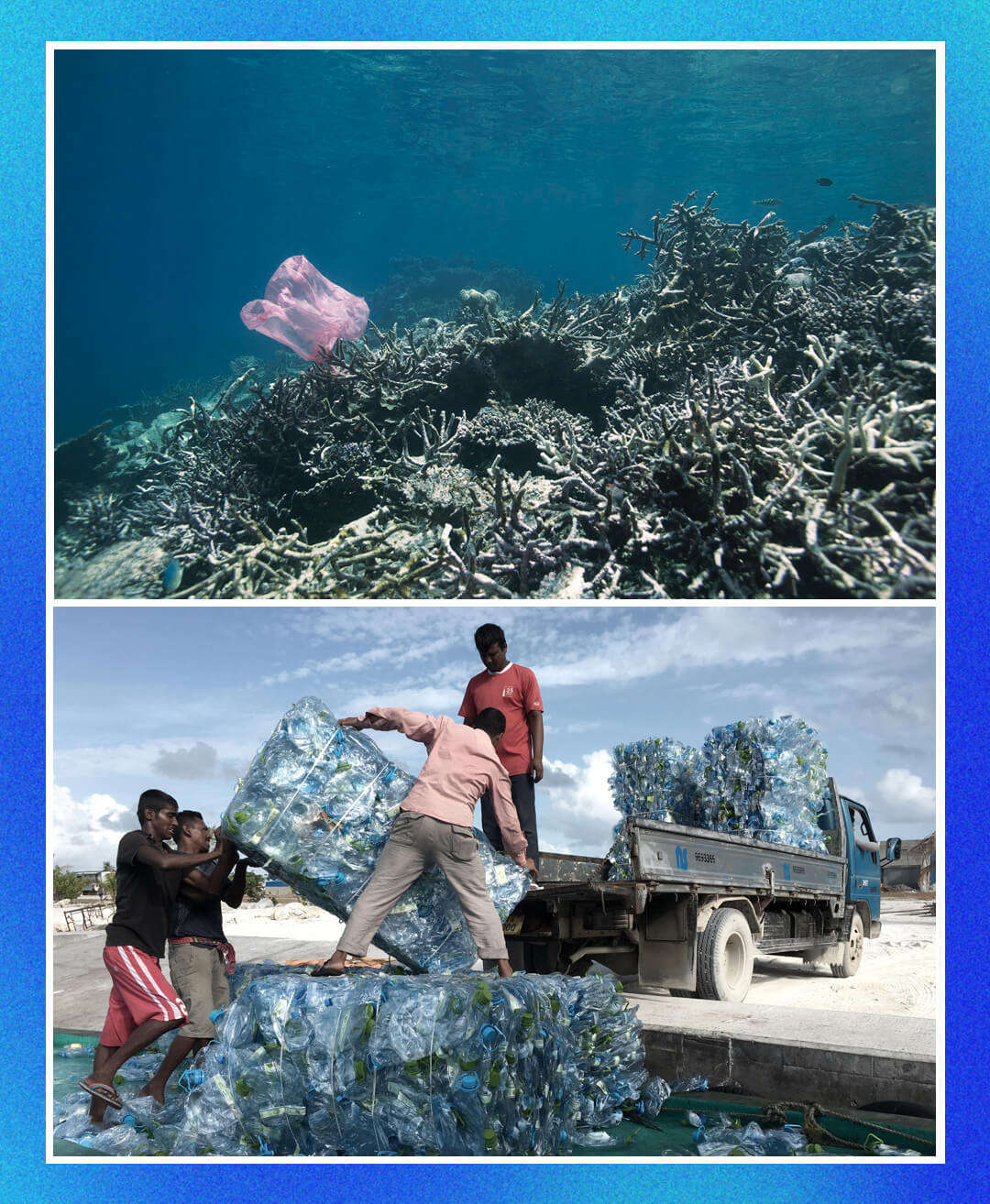
Images from Parley Maldives, which is helping to reduce plastic pollution in the area by working with government institutions, NGOs, schools and volunteers.

Selfridges Project Ocean
Since 2011, our long-term partnership with the Zoological Society of London (ZSL) has sought to help protect our precious oceans. From funding a marine reserve in the Philippines to fighting plastic pollution, discover the legacy of Selfridges Project Ocean below.

